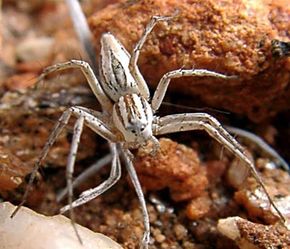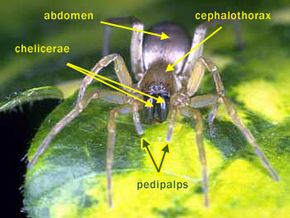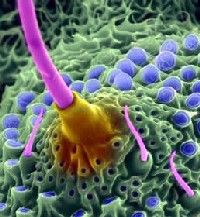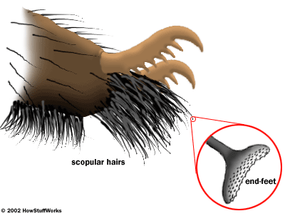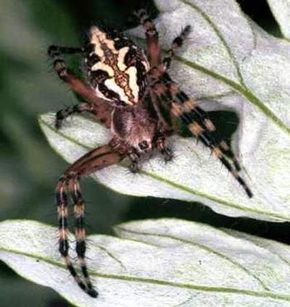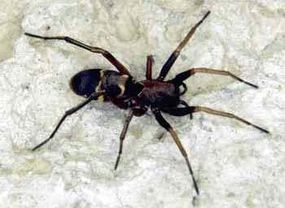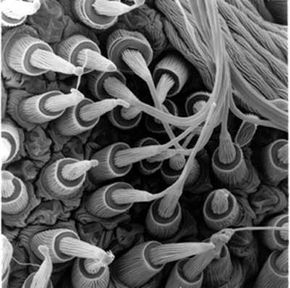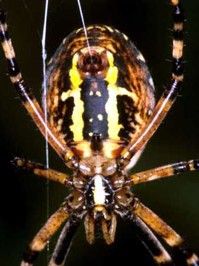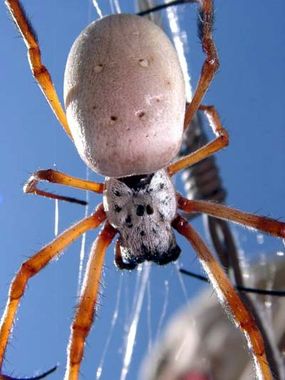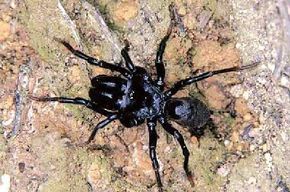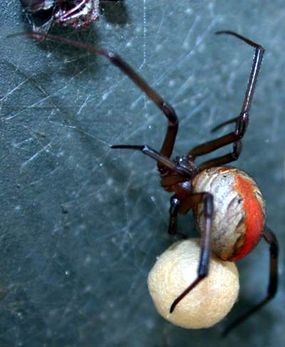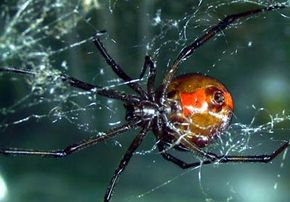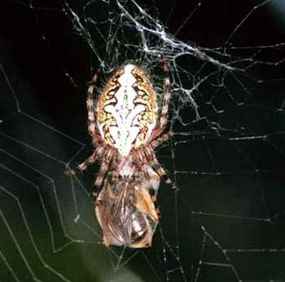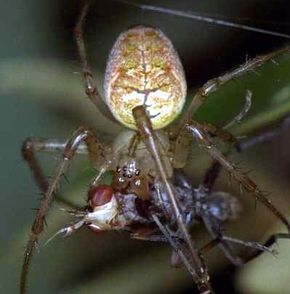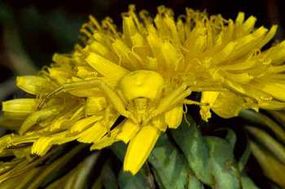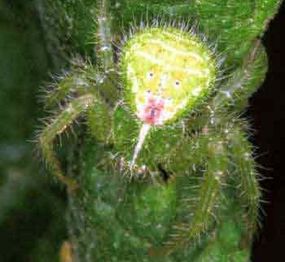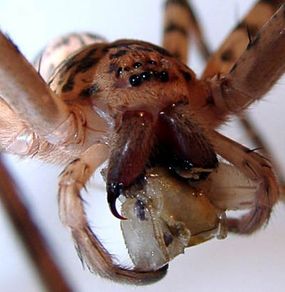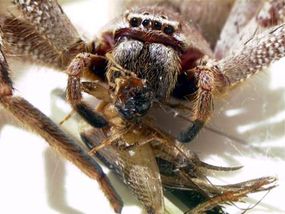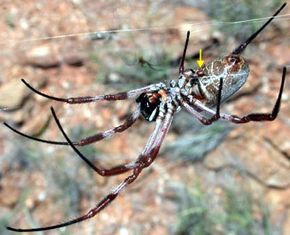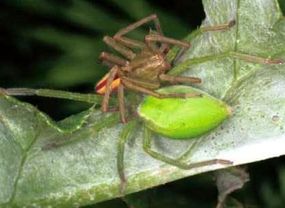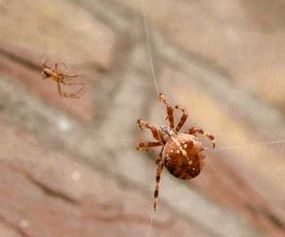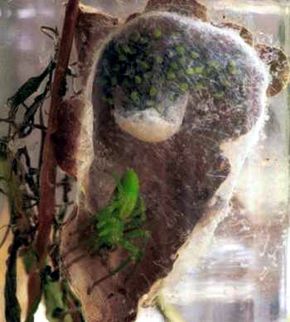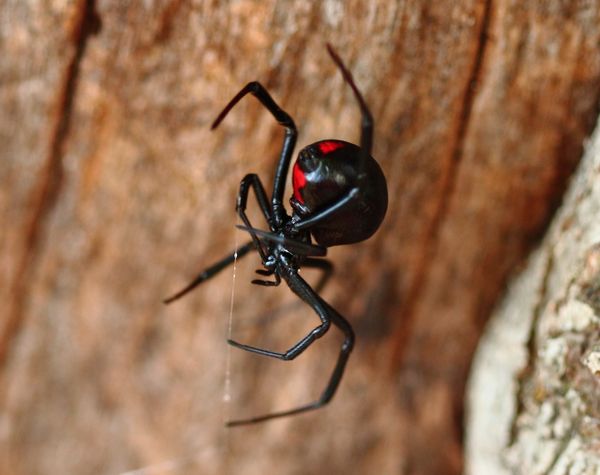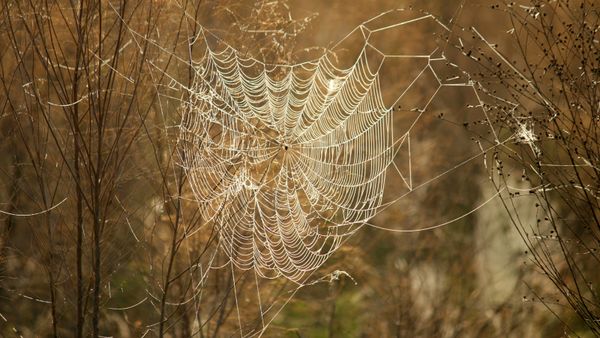Love 'em or hate 'em, you've got to admit that spiders are some pretty impressive, well-equipped animals. They have a top-notch sensor array, a built-in construction set, a heavily armored body and a highly effective venom-injection system. And can jump so far there are even myths circulating about flying spiders. How many other creatures can claim that?
These remarkable adaptations have made spiders some of the most successful carnivores in history. In their 400 million years of existence, they've spread over every continent and mastered nearly every environment on Earth. Today, there are about 40,000 known spider species, and potentially thousands more we haven't discovered yet. This is pretty astounding when you consider that there are only about 4,000 different species in the entire mammal kingdom.
Advertisement
In this article, we'll find out how these unique animals spin webs, attack prey and walk straight up walls. We'll also look at some particularly interesting spider species, including spiders that swim, spiders that jump from branch to branch and spiders that can kill a person.
Spider Basics
Spiders look a lot like insects, but they're actually part of an entirely different class of animals, called Arachnida. Spiders make up the order Araneae within this class, which also includes mites, ticks and scorpions.
While spiders vary considerably in size, shape and behavior, nearly all species share a basic set of characteristics:
- They have eight legs, made up of seven segments each.
- They feed primarily on insects.
- They can inject venom into their prey.
- They can produce silk.
- They have a pair of small appendages on the head, called pedipalps.
- Their bodies are divided into two sections, the cephalothorax and the abdomen, joined by the thin pedicel. The cephalothorax -- a fused head and thorax -- distinguishes spiders from insects, which have a separate head, thorax and abdomen.
We'll look more closely at a spider's body parts in the next section.
